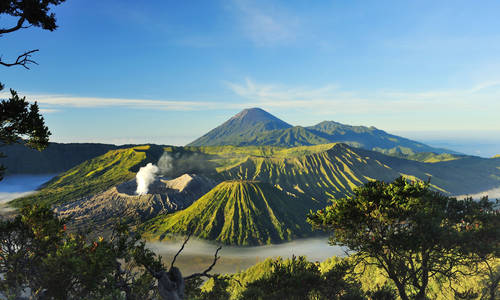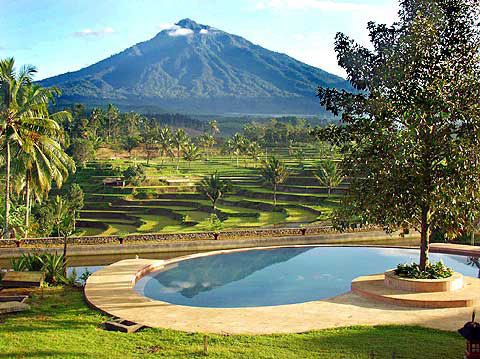Introduction
With more than 17,000 islands to choose from, the world's largest archipelago offers a greater range of sights, sounds, customs and cultures than virtually any other country on the planet. Sprung from a boisterous tectonic hotbed, Indonesia's kaleidoscopic islands run for thousands of kilometres along the equator, from the western tip of smouldering Sumatra to the eastern edge of seldom-seen Papua, a place where men still hunt with bows and arrows.
Some of the islands are isolated edens surrounded by stretches of white sand and warm translucent waters. Others are known for their spiritual secrets, be they Balinese dancers acting out the stories of the Ramayana or the quiet magnificence of Java's Borobudur, the world's largest Buddhist monument.
Elsewhere, some parts of Indonesia have towering volcanoes that brew and bluster, turning vast volcanic lakes every colour of the rainbow. Other areas are thick with steaming, singing jungles that are home to some incredible animals - from Sumatran tigers and Javan rhinos to sun bears and red-haired orangutans, together with several hundred species of bird.
Equally diverse is the human population. Indonesia is the world's fourth most populated nation, with upwards of 245 million people. Islam is the main religion, with more than one in ten Muslims in the world living in Indonesia. Yet it also has isolated cultures cut off from the modern world. The resulting mix means that Indonesia has something to appeal to almost every type of traveller, from lovers of all ages looking for romance on an island paradise to ardent adventurers, wildlife enthusiasts and diving connoisseurs.





















